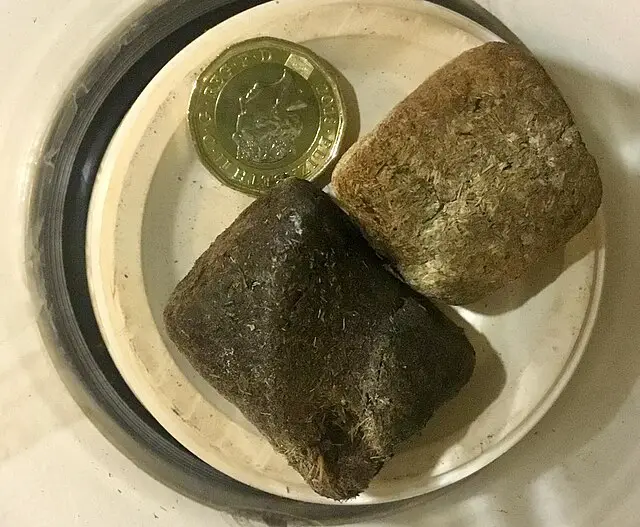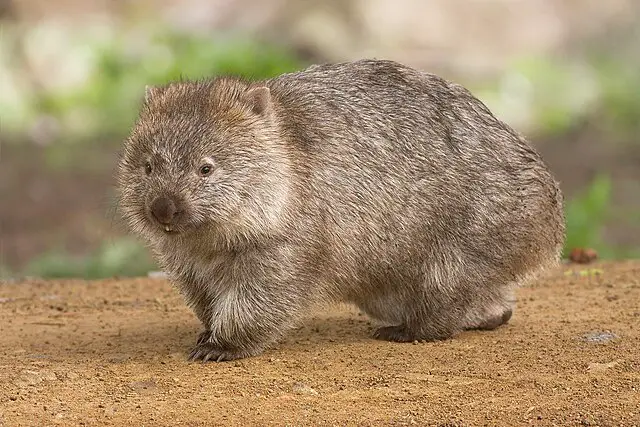Imagine walking through the dense forests of Australia and stumbling upon something bizarre—little cubes of poop, scattered neatly like a game of dice played by nature itself. Unlike any other animal, wombats defy the laws of biology by producing perfectly cubic feces. But how? And more importantly, why?
This oddity has puzzled scientists for years. Poop, by its very nature, should be round or irregularly shaped—so what makes wombats the world’s only cubic defecators? The answer lies in a strange mix of anatomy, physics, and evolutionary advantage, making wombats one of the most fascinating creatures on Earth.
The Science Behind the Cube
For years, researchers speculated that wombats’ digestive process or rectal shape might be responsible for their unusually shaped droppings. However, in 2018, scientists finally cracked the mystery. Using dissected wombat intestines and advanced imaging techniques, they discovered something astonishing: the walls of the wombat’s intestines have varying elasticity.
Unlike humans, whose intestines apply even pressure to waste, wombats’ intestines contract at different rates. The stiffer regions keep the poop in a more angular form, while the more flexible areas allow for gradual shaping into distinct cubes—a process that takes up to four days.

Why Cube-Shaped Poop Matters
Wombats aren’t just nature’s oddest architects for no reason—there’s a survival advantage to their cube-shaped droppings. Since wombats are territorial creatures, they use poop as a form of communication, leaving piles of droppings around their burrows to mark their domain.
Unlike round poop, cubic poop doesn’t roll away, ensuring that their scent markers stay exactly where they place them. This clever adaptation helps them establish territory, find mates, and warn off rivals—all without lifting a paw.
What This Means for Science
Believe it or not, studying wombat poop has real-world applications. Engineers and physicists are exploring how wombats naturally create cubes without a mold, hoping to develop new ways to manufacture cubes efficiently—a breakthrough that could revolutionize industries from packaging to soft robotics.
The Weird and Wonderful World of Wombats
Wombats, with their squat bodies, strong claws, and cube-shaped poop, are proof that evolution is endlessly creative. They’ve turned the mundane act of defecation into a scientific marvel, showing us that nature is full of surprises. The next time you think about weird animal facts, just remember—wombats are out there, shaping the world one poop-cube at a time.

